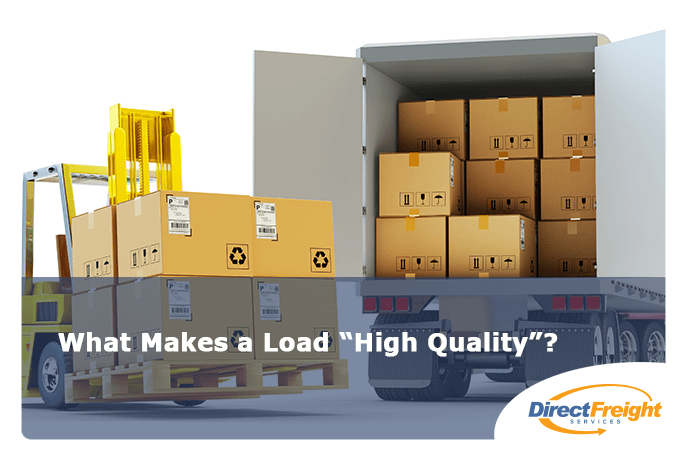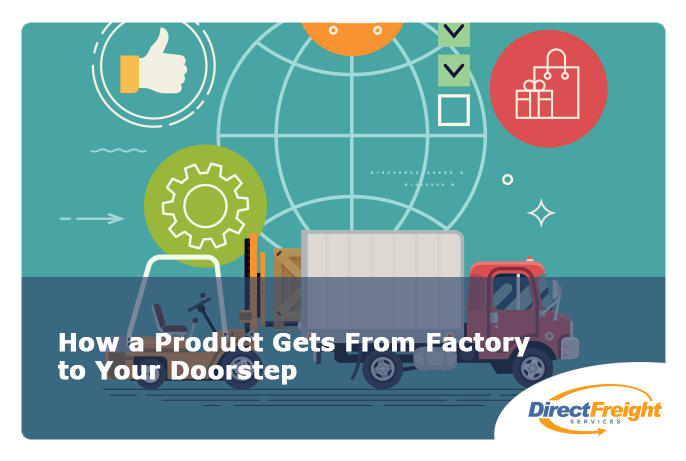One of the biggest difficulties that drivers face when they’re on the road for extended periods is keeping on top of finances. Drivers have to watch their spending on the road on meals and other necessities that pop up. While out on the road, bills still pile up at home that need to be paid like rent/mortgage, utilities, phone, and vehicle loan payments.
Banking at Your Fingertips
Before the internet, it was more difficult for drivers to stay on top of finances and they had to rely on finding a branch of their bank wherever the road had taken them or did their banking over the phone. Fortunately, most banks now offer their own secure mobile apps so you can connect and view your account or do transactions from anywhere. You can do things like pay bills, transfer money, and track your balance and payments directly with your bank.
Other useful apps for drivers include:
Acorns
Acorns makes it easy to save money for a rainy day. Acorns can transfer money automatically from your bank account to your Acorns account so you don’t have to remember to do it. It’s round-up feature automatically rounds up the change from every transaction and deposits it into your Acorns account for painless savings.
Mint
Mint is a popular app that allows you to track your expenses in all of your accounts―checking, savings, credit card, and investment accounts. Mint also lets you set financial goals and shows you a path to get there through budgeting.
Concur
Concur tracks travel and business expenses and capture receipts on your phone’s camera.
Cutting Expenses
If you’re going to stick to a budget, you’ve got to cut unnecessary spending. With a little planning ahead, you can rein in your spending and stay on track.
Food
Food is one of the ways that drivers overspend the most. Plan your meals ahead of time. If you buy food from a grocery store and keep it in your truck, you can save money and have healthier food options that may be missing at truck stops and fast food restaurants. A small fridge and microwave or hot plate for the cab of your truck will help you save on food costs. If you’re going to be cooking or storing food in your cab, make sure you have cleaning supplies to keep everything sanitary and don’t forget the storage containers!
Fees
If you set up automatic payments for all your bills with your lenders, phone company, and utility companies, you can avoid accumulating fees for late payments. However, it’s important to carefully monitor these transactions for accuracy and to also make sure you always have enough money in the account to cover your bills as overdraft fees from banks can be hefty.
Avoid fees from traffic tickets. Have all the right permits if you’re hauling hazmat, don’t speed, keep your truck’s weight under the limit, and make sure your elogs are always accurate.
Use free wifi whenever you can. Unless you have unlimited data, you’re going to use up those data minutes fast and be charged fees for additional data.
Your Truck
Don’t skip the preventative maintenance. Tire checks, oil and other fluid changes, and general maintenance will save you from costly breakdowns and repairs.
Stay in Shape
Save money by keeping fit. Obesity is a risk for drivers who spend the majority of their time sedentary behind the wheel. By eating a healthy diet and getting regular brisk exercise, you can save a lot of money on medical bills.
Owner/Operators
Owner/operators need to track their expenses carefully. Truck expenses include truck payments, fuel charges, repairs, and maintenance. Keep your business and personal accounts separate by using two different bank accounts and keep a close eye on what you’re writing checks for and inspect canceled checks so you know they were processed correctly.
Taxes
Make sure your taxes are done correctly. Keep all documentation and receipts and go see a tax professional, preferably one that specializes in truck drivers’ taxes. It’ll be worth it.
By tracking spending, sticking to a budget and lowering expenses, you can maximize your earnings and achieve financial independence. A career in trucking can be a lucrative one but not if you’re spending all your money on the road.
Direct Freight Services is a web-based load board that allows users to search for loads or post trucks. It has many helpful features like full credit reports, load filtering, payment expectations, and broker authority information. Whether accessed online or now through our easy-to-use Direct Freight app, Direct Freight helps you find the loads that will earn you the most money. Go to DirectFreight.com and start searching today!
Sources:
https://www.concur.com/app-center/listings/550353cc99066b13221bcded










